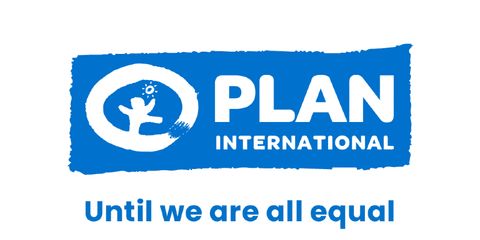5 reasons all children’s organisations should promote gender equity
22 February 2022Children's organisations working in humanitarian settings often overlook how gender biases affect childhood, adolescence and early adulthood. Here are the top five reasons why all children's organisations must include a greater gender perspective and recognise and address the gendered impact of crises on children.
Authors:
ANDREA NÚÑEZ-FLORES
Humanitarian Advocacy and Policy Advisor
KEREN SIMONS
Gender in Emergencies Advisor
ALEXANDRA PARNEBJORK
Sexual and Reproductive Health and Rights Deployable Advisor
The world is not an equal place, and this affects everyone differently from a very early age. Humanitarian and hunger crises, conflicts, disease outbreaks and extreme weather events exacerbate these gender inequalities.
Gender-biases can affect children from birth and become more acute in adolescence – from their access to food, education. Young girls receive less nutrition and access to early learning. In adolescence and particularly during emergencies, adolescent girls face gender specific barriers, such as accessing and returning to education and protection risks, including child, early and forced marriage.
Yet children’s organisations working in humanitarian settings still tend to overlook how gender biases affect childhood, adolescence and early adulthood.
These are the top five reasons why all children’s organisations must include a greater gender perspective and recognise and address the gendered impact of crises on children.
- Because gender equity benefits every child
Girls, boys and non-binary children have the right to express themselves freely and enjoy their rights without discrimination of any kind in any context, including during crises.
Ensuring that girls and boys have equal access to quality learning opportunities in a safe environment during emergencies supports their development. This benefits entire communities by laying the foundation for gender respect in younger generations.
- Because of the double discrimination girls’ face based on their age and their gender.
While we recognise that all children face gender-based discrimination one way or another, it is important to understand and address the greater discrimination girls may face from day one.
One example is the lack of prioritisation of adolescent girls’ sexual and reproductive health and rights in humanitarian crises, despite needs skyrocketing. These services can save lives and respond to unintended adolescent pregnancy, maternal morbidity and mortality or sexually transmitted infections including HIV.
- Because children face different forms of discrimination, exclusion and violence based on their gender
Gender-based violence and harmful practices overwhelmingly target girls, including child, early and forced marriage and unions or female genital mutilation and cutting. However, boys who experience certain types of violence may face greater neglect simply because they are boys.
When sexual violence in conflicts is committed against boys or men, underreporting and lack of accountability increases. Without a strong gender analysis, these risks will go unnoticed and unaddressed.
- Because it makes our projects more effective
Collecting sex-, age- and disability- disaggregated data is not part of the Sphere Standards by chance. As children’s organisations we need to understand the specific risks, gaps and needs of children, who are not a homogenous group.
For example, during food insecurity crises, gender inequality can lead to girls eating less and eat last. If we do not understand the effects of gender bias in our emergency responses, we will likely not succeed in meeting the needs of diverse children among affected populations.
- Because if we ignore gender dynamics, we risk doing harm
As humanitarian and development actors, we should be aware of the consequences of our actions. Ignoring long-term, deep-rooted problems in the contexts in which we work, such as gender inequality, can help perpetuate the problem.
If we provide cash and voucher assistance in emergencies without taking into account different needs of girls and boys, children and adolescents, and who has access to markets or make decisions about household resources, our distributions may cause harm.
Gender discrimination and stereotypes begin to be experienced in the early years of life and may never stop. They affect children differently depending on their sex and age.
As children’s and humanitarian organisations we have an obligation to all children. Analysing these gender dynamics and adapting our work to address them should be inherent in what we do.
